When it comes to orthodontic treatment, choosing the right option between clear aligners and traditional metal braces can be crucial for achieving the ideal smile and optimal dental health. Over the years, advancements in dental technology have made it possible to straighten teeth discretely and comfortably, paving the way for options like clear aligners. While both treatments aim to correct misalignment, each has distinct features that cater to different needs. In this article, we'll explore the key differences between clear aligners and traditional metal braces to help you determine which method is more suitable for you.
Understanding the Basics: What Are Clear Aligners and Traditional Metal Braces?
Clear aligners, commonly known by brand names like Invisalign, are removable orthodontic devices made from transparent plastic. These aligners are custom-made to fit snugly over your teeth and are designed to gradually shift them into the desired position. Each set of aligners is worn for about two weeks before moving to the next set, gently moving teeth step by step.
In contrast, traditional metal braces consist of metal brackets that are bonded to the teeth and connected by wires and elastic bands. Periodically adjusted by an orthodontist, metal braces apply consistent pressure to move teeth efficiently over time. This longstanding method has resolved various dental issues for decades and remains a favorite for complex cases.
Appearance and Comfort: Discretion vs. Durability
One of the most significant differences between the two options is visibility. Clear aligners offer a nearly invisible solution, making them an ideal choice for individuals seeking a discrete orthodontic treatment. Their smooth surface and absence of wires also reduce the risk of gum and cheek irritation, making aligners more comfortable for everyday wear.
On the other hand, traditional metal braces are instantly noticeable when you smile or speak. Despite their prominence, metal braces are highly effective in treating severe alignment issues and are known for their durability. While some patients report initial discomfort as they adjust to the brackets and wires, regular adjustments by an orthodontist help mitigate any prolonged pain.
Maintenance and Lifestyle Impact: Flexibility vs. Consistency
Clear aligners offer the convenience of removability, allowing you to maintain normal brushing and flossing routines without obstacles. This flexibility extends to food choices, as aligners should be removed when eating or drinking anything other than water, eliminating dietary restrictions typically associated with traditional braces.
However, the responsibility of keeping aligners in for at least 20-22 hours daily and cleaning them regularly can be challenging for some patients. Compliance is crucial to the success of the treatment plan.
Conversely, metal braces require modifications in eating habits to avoid damage to the brackets and wires. Sticky and hard foods are best avoided, and meticulous oral hygiene is essential to prevent plaque buildup and maintain dental health throughout treatment.
Cost and Time: Investment in Your Smile
The cost of orthodontic treatment can vary significantly depending on the complexity of the dental issues and the length of treatment. Generally, clear aligners tend to have a higher initial cost, but some patients find the benefits of aesthetics and comfort worth the added investment.
Traditional metal braces are often considered a more cost-efficient solution, particularly for patients requiring extensive adjustment. Both options can range from several months to a few years of treatment, contingent on individual needs.
Choosing the Right Treatment for You
Ultimately, the decision between clear aligners and traditional metal braces depends on several factors, including the complexity of your dental misalignment, lifestyle preferences, and financial considerations. Consulting with a dental professional at Dentistry Toothtruth can provide you with personalized recommendations tailored to your unique situation.
Both treatments have merits and potential drawbacks, and a thorough understanding of each can help you make an informed choice toward the smile you desire.
Conclusion: Taking the Next Step
Embarking on an orthodontic journey requires careful consideration of your personal preferences and dental needs. Whether you lean towards the subtlety of clear aligners or the reliable effectiveness of traditional metal braces, knowing the key differences can guide your decision. Remember, achieving a confident, healthy smile is a valuable investment in your overall well-being.
To start your orthodontic consultative process, reach out to Dentistry Toothtruth for expert advice tailored to your oral health goals. With the right information and support, you're well on your way to deciding on the perfect method for you.


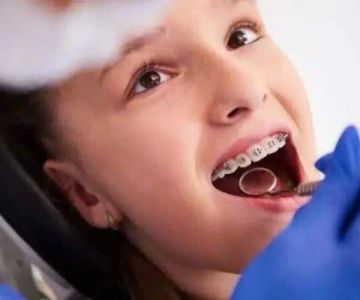
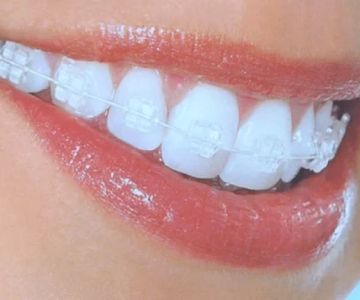
 Lincoln Commons Dental Associates PA5.0 (1 review)
Lincoln Commons Dental Associates PA5.0 (1 review)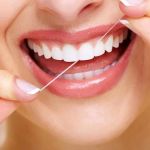 Midtown Dental4.0 (68 review)
Midtown Dental4.0 (68 review) Nanuet Family Dentistry: Dr. Srinivasa5.0 (2 review)
Nanuet Family Dentistry: Dr. Srinivasa5.0 (2 review)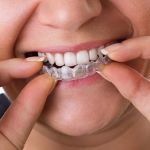 Gentle Dental Service4.0 (113 review)
Gentle Dental Service4.0 (113 review)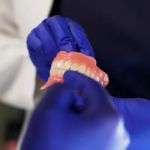 Aspen Dental - Acworth, GA4.0 (366 review)
Aspen Dental - Acworth, GA4.0 (366 review) The Art of Dental Wellness5.0 (127 review)
The Art of Dental Wellness5.0 (127 review) The Importance of Oral Health Education During Pregnancy for a Healthy Pregnancy
The Importance of Oral Health Education During Pregnancy for a Healthy Pregnancy Best Tips for Brushing Your Teeth Properly for Healthy Gums: Essential Techniques for Oral Health
Best Tips for Brushing Your Teeth Properly for Healthy Gums: Essential Techniques for Oral Health Why Skipping Dental Checkups Can Lead to Bigger Oral Health Problems
Why Skipping Dental Checkups Can Lead to Bigger Oral Health Problems Advantages of Porcelain Dental Restorations
Advantages of Porcelain Dental Restorations How Can Diabetes Cause Tooth and Gum Problems? Preventing and Managing Oral Health Issues
How Can Diabetes Cause Tooth and Gum Problems? Preventing and Managing Oral Health Issues Healthy Habits for Promoting Good Oral Health and Hygiene: Tips for a Healthy Smile
Healthy Habits for Promoting Good Oral Health and Hygiene: Tips for a Healthy Smile